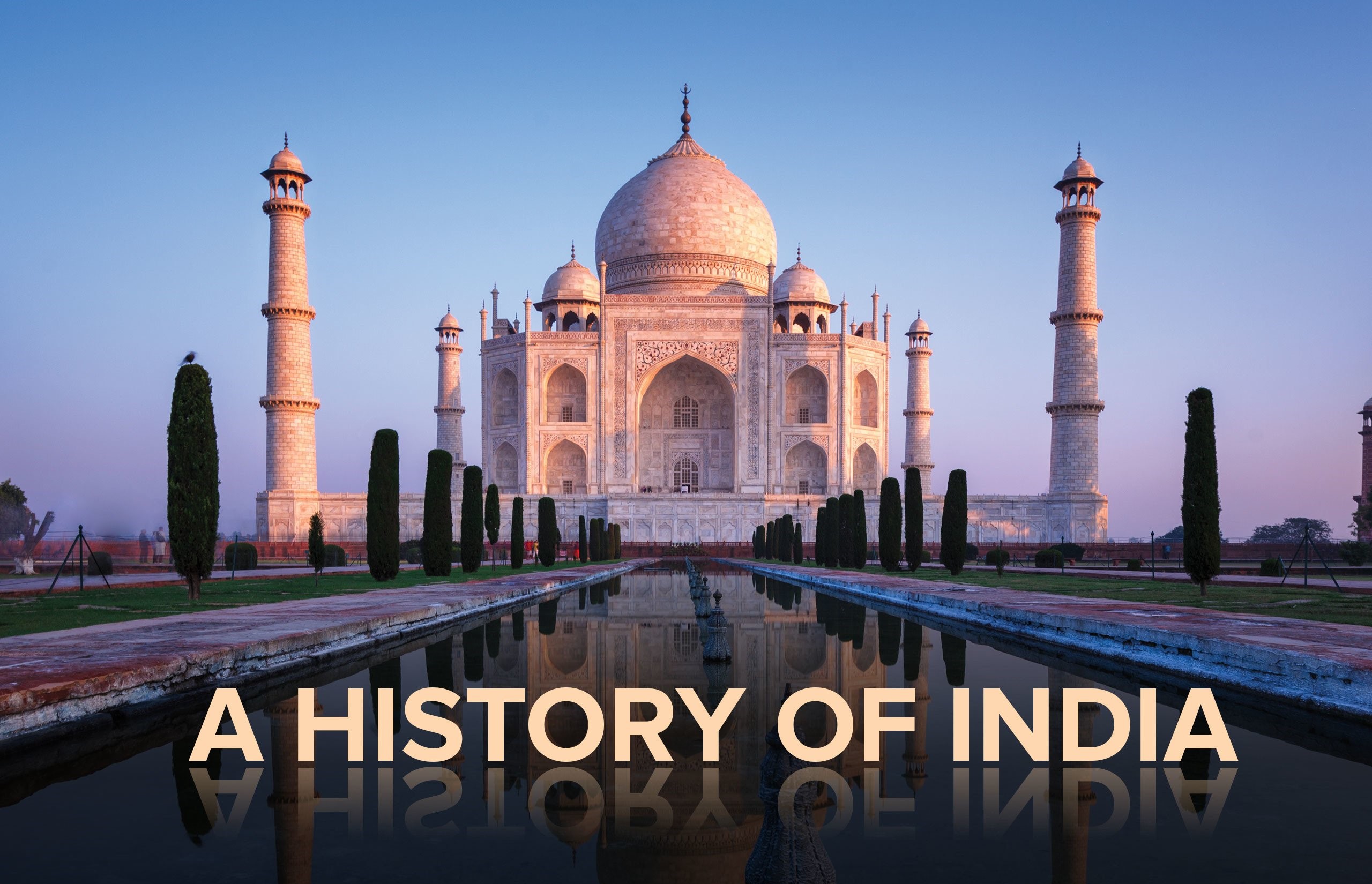Gupta Society & Economy
Gupta Society & Economy
Gupta Society
» The varna system begins to get modified owing to the proliferation of castes. This was chiefly due to three factors:
1. A large number of foreigners had been assimilated into the Indian society primarily and were known as Kshatri)
2. There was a large absorption of tribal people into Brahamanical society through land grants. The acculturated tribes were absorbed into the Shudra Verna.
3. Guilds of craftsmen were often transformed into castes as a result of the decline of trade and urban centres and the localised character of crafts.
» The social positions of the Shudras seems to have improved in this period. They were permitted to listen to the epics and Puranas and also worship a new god called Krishna.
» From around the 3rd century onwards the practice of untouchability appears to have intensified and their number registered a rise. Katyayana, a smriti writer of the Gupta periods, was the first to use the expression asprasya to denote the untouchable.
» The position of women deteriorated further. Polygamy was common.
» Early marriages were advocated and often pre-puberty marriages took place.
» The first example of Sati appears in Gupta time in 510 AD in Eran in Madhya Pradesh. (Bhanugupta's Eran Inscription - 510 AD)
» Women were denied any right to property except for Stridhana in the form of jewellery and garments.
» Under the patronage of Gupta ruler, Vaishnavism became very popular.
» The gods were activated by their unions with the respective consorts. Thus, Laxmi got her association with Vishnu and Parvati got her association with Shiva.
» This was the period of evolution of Vajrayanism and Buddhist tantric cults.
» Idol worship became a common feature of Hinduism from Gupta period onwards.
Gupta Economy
» It is argued by many scholars that the state was the exclusive owner of land. The most decisive argument in favour of the exclusive state ownership of land is in the Pahadpur Copper Plate inscription of Buddhagupta.
» From the economic stand point, we may classify land under the Gupta period into 5 groups :
1. Kshetra Bhoomi-Cultivable land
2. Khila- Waste land
3. Vastu Bhoomi-Habitable land
4. Charagah Bhoomi- Pashire land
5. Aprahata Bhoomi- Forest land
» In the Gupta period land survey is evident from the Poona plates of Prabhavati Gupta and many other inscriptions.
» An officer named Pustapala maintained records of all land transactions in the district.
» The Guptas issued the largest number of gold coins in ancient India, but in gold content, Gupta coins are not as pure as Kushanas.
» The Guptas also issued good number of silver coins for local exchange.
» The Gupta copper coins are very few as compared to those of Kushanas, which show that use of money did not touch common people.
» Gupta period witnessed decline in long distance trade.
» Trade with the Roman Empire declined after 3rd century AD.
» Indian merchants began to rely more heavily on the South-East Asian trade.
